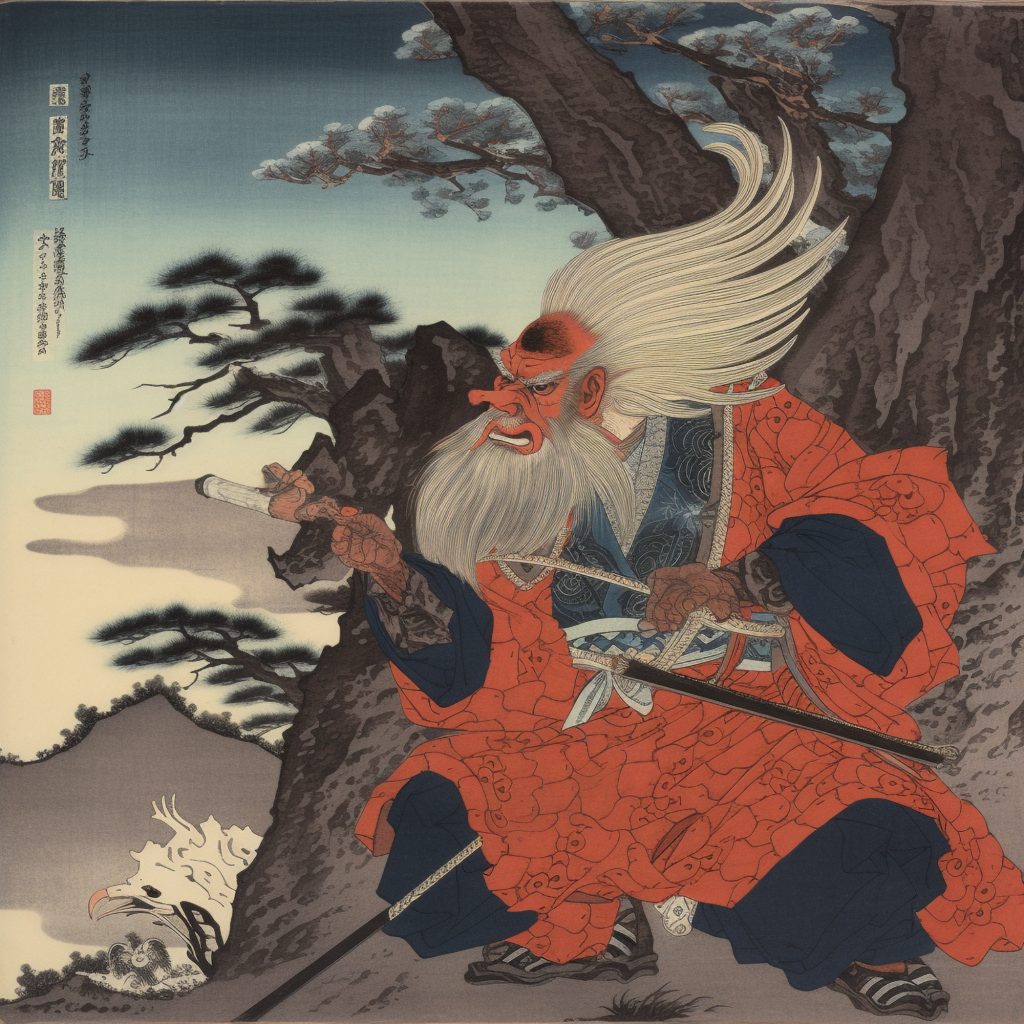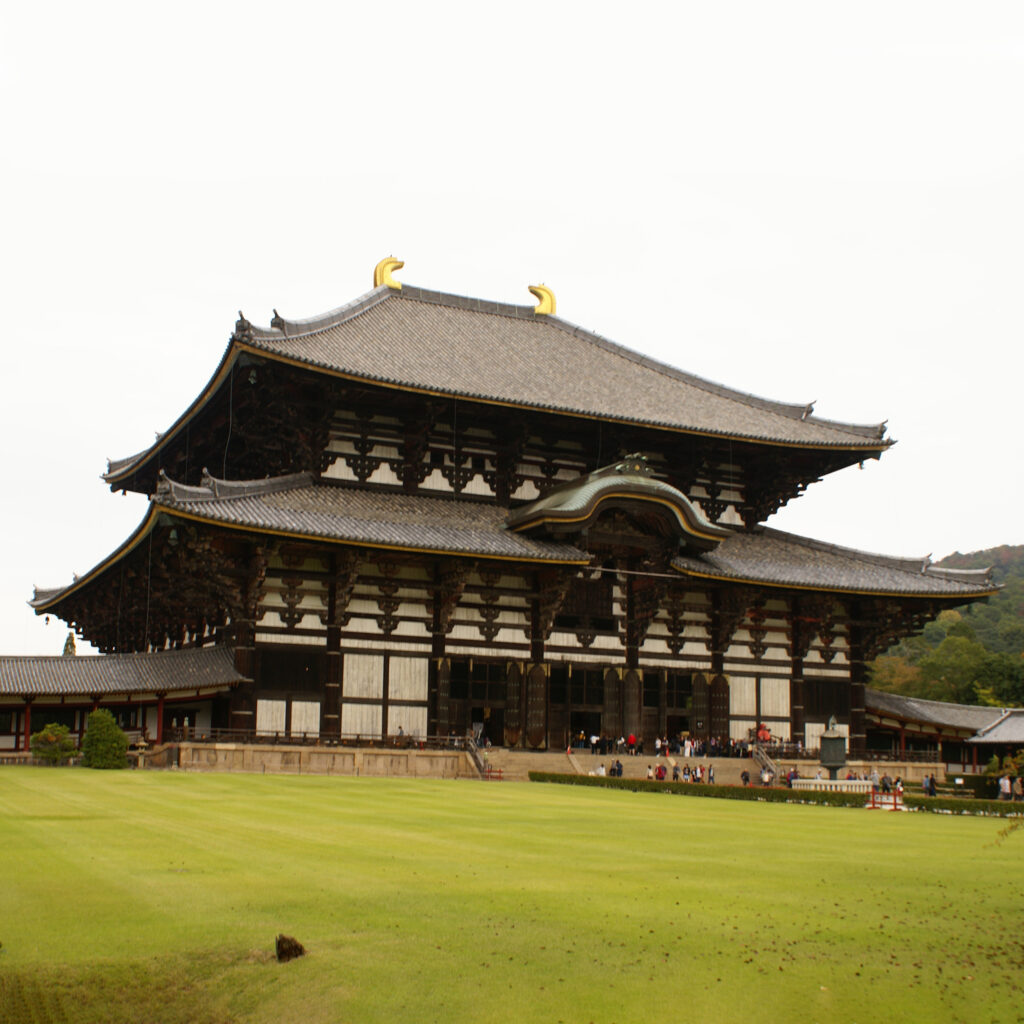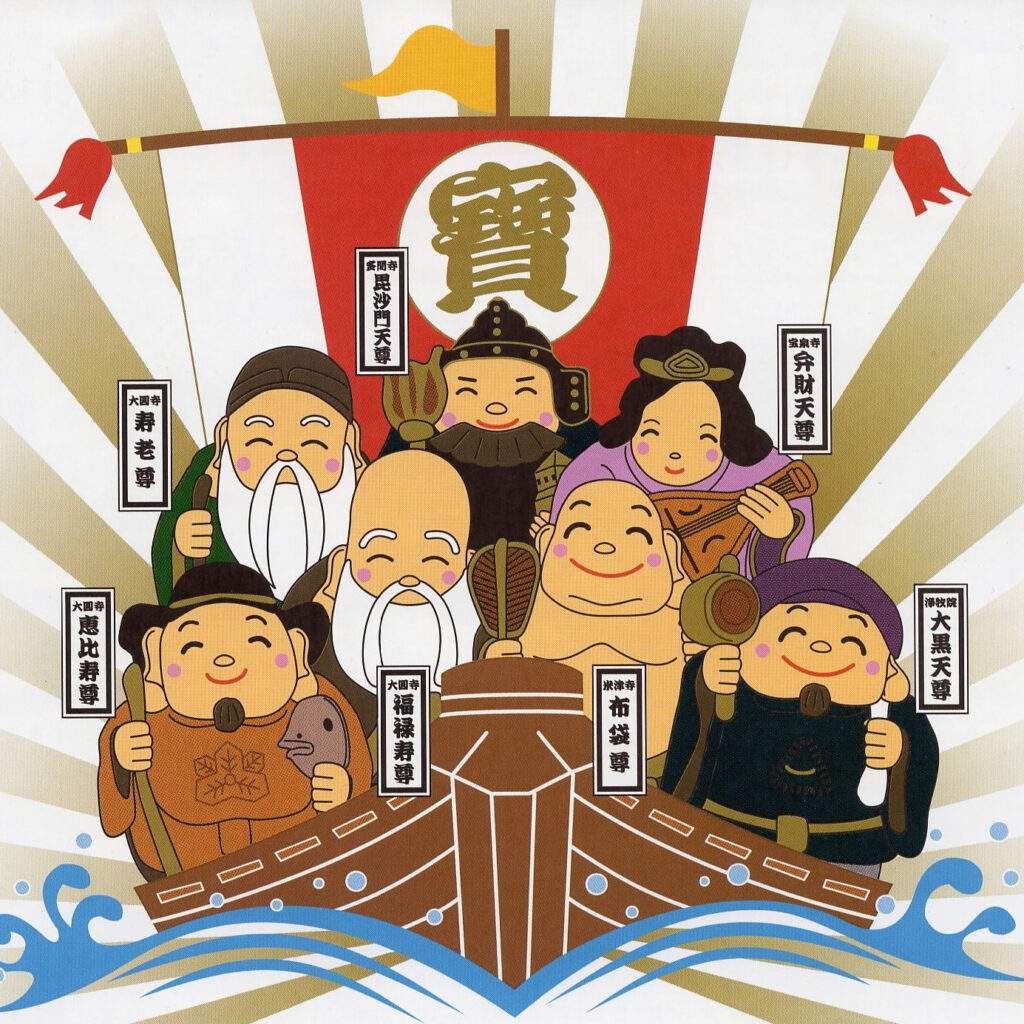In the vast pantheon of Japanese mythical creatures, the Tengu occupies a special place. With its humanoid bird-like appearance and supernatural powers, this fascinating creature has captivated the Japanese imagination for centuries. In this article, we delve into the mysterious world of the Tengu, exploring its origins, distinctive features and role in Japanese culture.
Origins and evolution:
The origins of the Tengu go back to ancient Japanese mythology. Initially, the Tengu was considered a giant bird of prey endowed with great strength and superior intelligence. Over time, this creature evolved into a more anthropomorphic form, with the body of a man and the head of a bird. This more human representation of the Tengu has become the most widespread in Japanese folklore and art.
Distinctive features:
The Tengu is distinguished by several characteristic features. Firstly, he is often depicted with a long, red, pointed nose, symbolizing his wisdom and in-depth knowledge of the martial arts. In addition, the Tengu is often depicted with wings and a pair of hooves, enabling him to move swiftly and silently through the skies. His mastery of flight lends him a mystical aura, making him both a benevolent protector and a fearsome being.
Role in Japanese culture:
The Tengu occupies an important place in Japanese culture, appearing in numerous tales, legends and traditional plays. In these tales, the Tengu is often portrayed as both beneficial and evil. On the one hand, he can serve as a messenger of the gods, teach martial arts and protect Buddhist temples. On the other, he can play tricks on humans, sow discord and be particularly vindictive towards the arrogant and proud.
Tengu in art:
The Tengu’s influence also extends to Japanese art. Whether in painting, sculpture or Noh theater, the Tengu is strikingly depicted. The Tengu masks used in theatrical performances are particularly emblematic, with their bushy eyebrows, fierce eyes and prominent nose. These masks have become powerful symbols of Japanese culture, and are often associated with martial arts and bravery.



